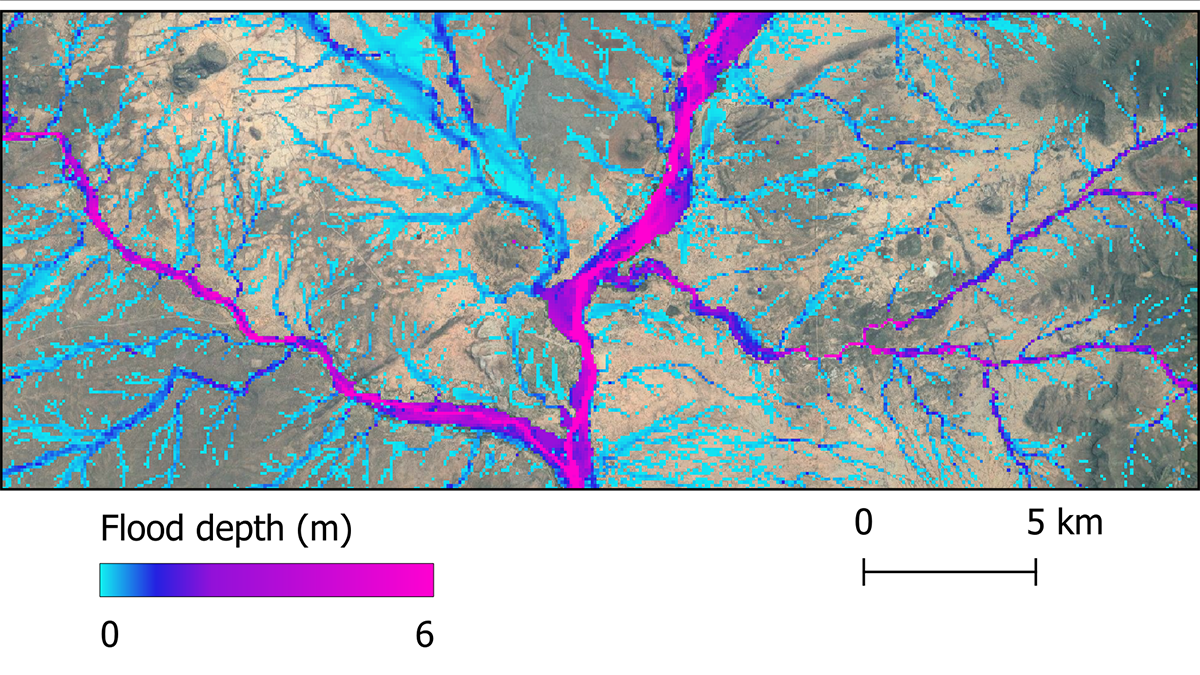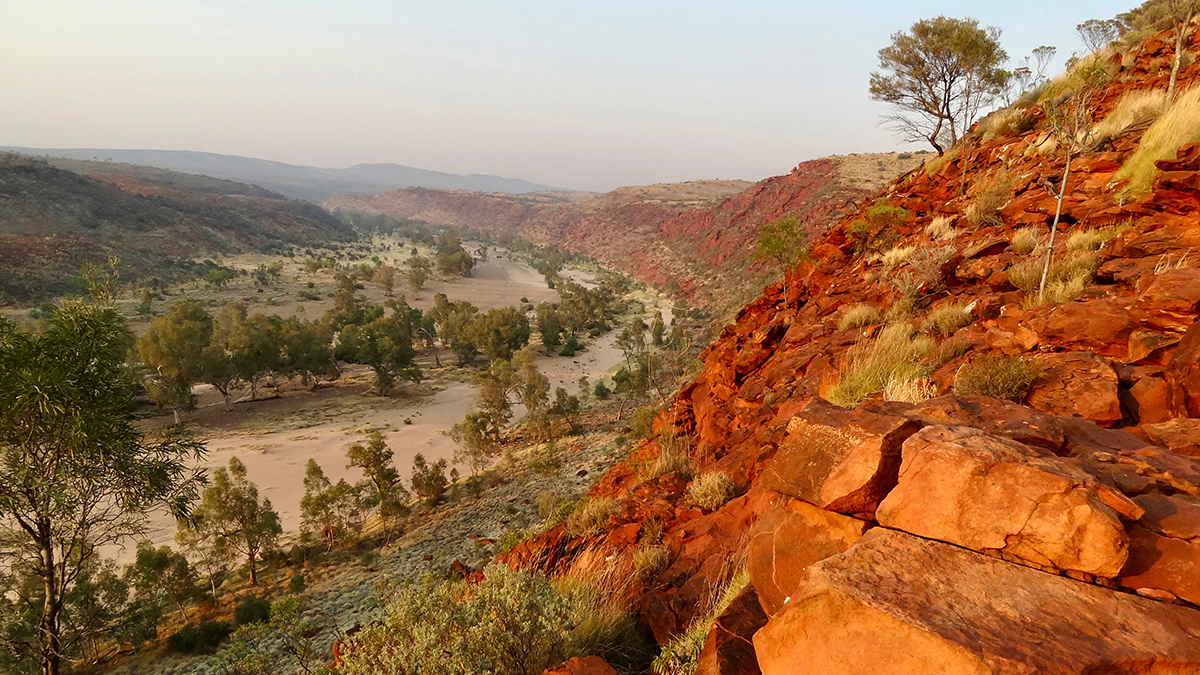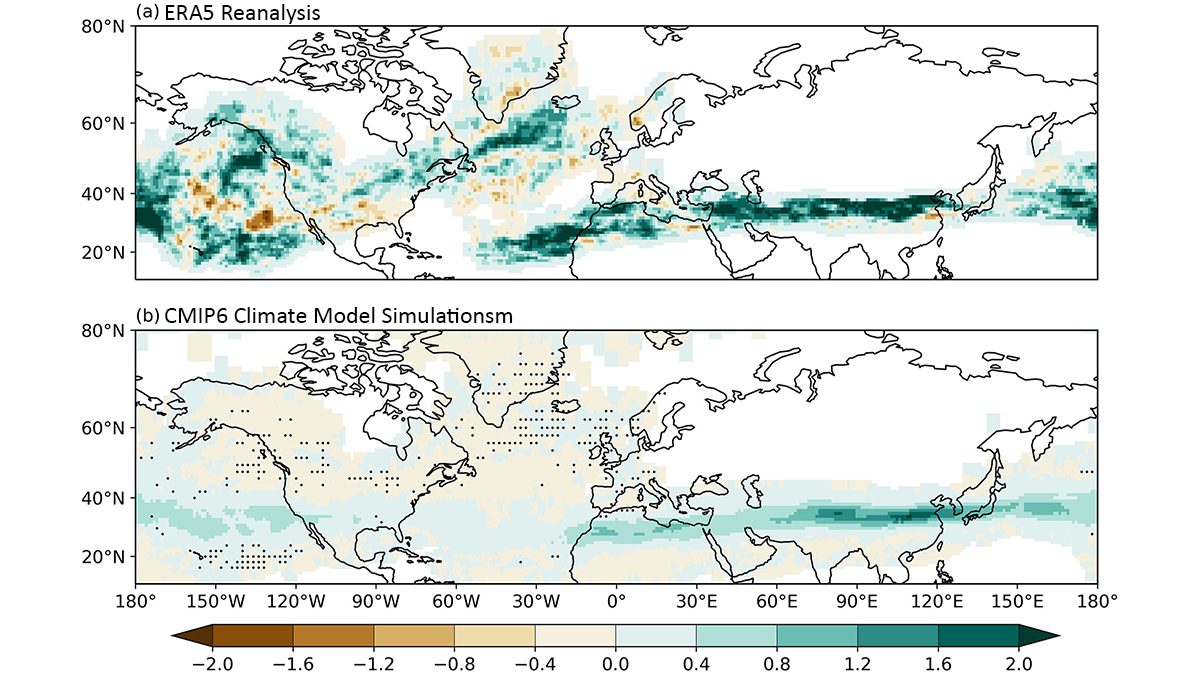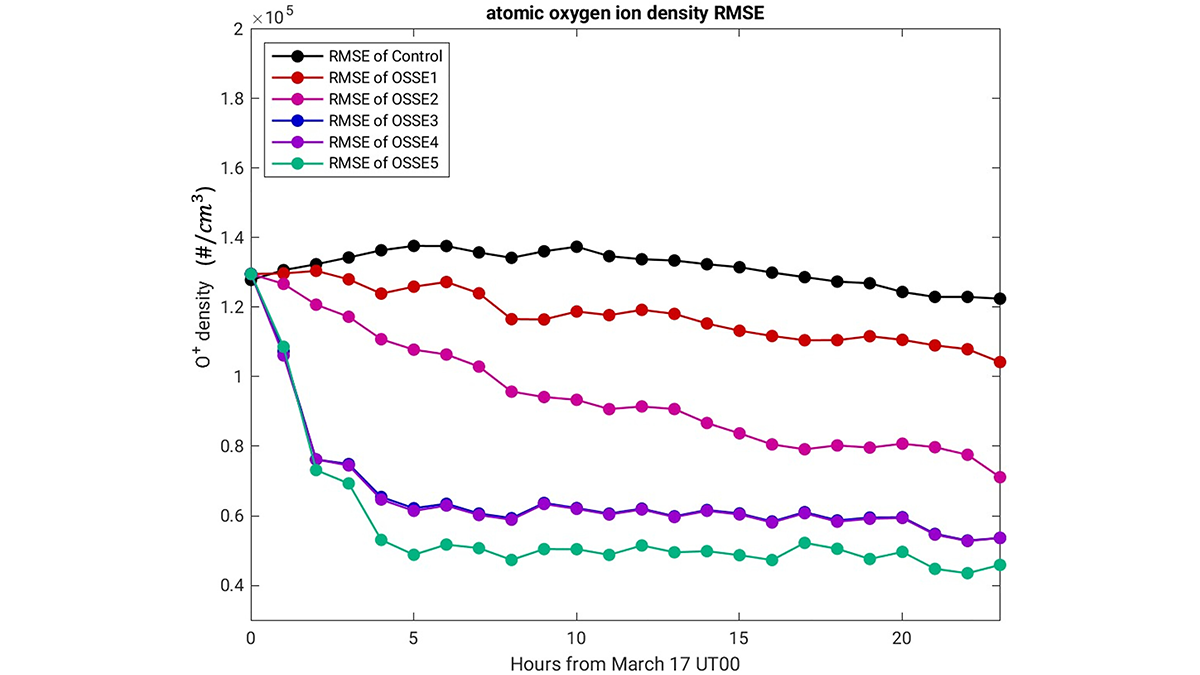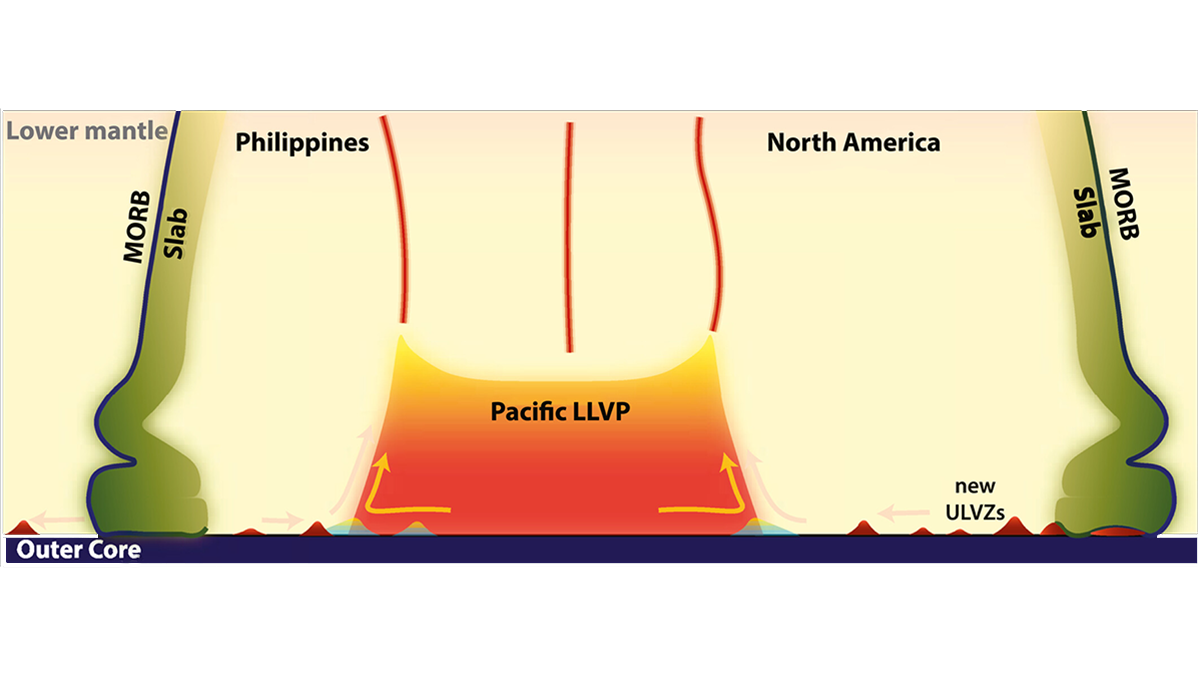A global flood hazard map at 30-meter resolution is constructed using latest hydrology, topography, and climate data, and its accuracy is approaching that of local to regional scale flood inundation maps.
Modeling
Climate Model Simulates Unusually High Heat over the Southern Ocean
U.K. researchers compare HadGEM3-GC3.1 simulations of near-surface air temperatures with those from other state-of-the-art models.
Lithospheric Oddities May Be Sculpting Continental Interiors
Researchers propose a novel explanation for vertical motions of Earth’s surface far from active tectonic plate boundaries.
Physics Meets Machine Learning for Better Cyclone Predictions
A new hybrid modeling approach combines physics-based and machine learning models to extend—and improve—path and intensity predictions of tropical cyclones.
Past and Future Changes in Atmospheric Clear-Air Turbulence
A new study evaluates long-term changes in atmospheric clear-air turbulence based on meteorological reanalysis and climate model simulations.
Impact of NASA’s GDC Measurements on Predicting Earth’s Upper Atmosphere
A new study finds that assimilating observations of the ionosphere and thermosphere reduces the error in model predictions more than modeling either one individually.
Tree Mortality May Lead to Carbon Tipping Point in the Amazon by 2050s
A new study suggests drought conditions in the Amazon rainforest over the rest of the century.
A Path Toward Understanding Regional Sea Level Rise
Finer-resolution models, as well as an improved understanding of ocean shelf–sea processes, are key to understanding the way different coastlines will be affected by rising waters, extreme storm surges, and waves.
Crustal Melts at the Core-Mantle Boundary
Seismic waves get sent in all directions for deep mantle anomalies, and a new analysis shows where those scatters lie and what properties they have.
Modeling Earth Systems at a Quintillion Calculations per Second
I SCREAM, you SCREAM, we all SCREAM for faster climate modeling.

